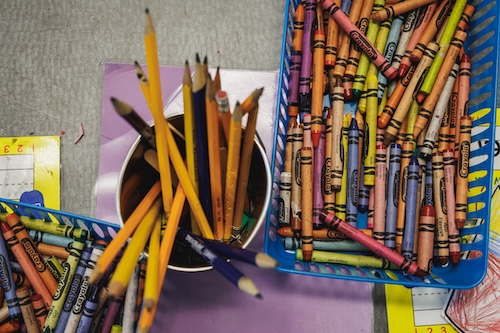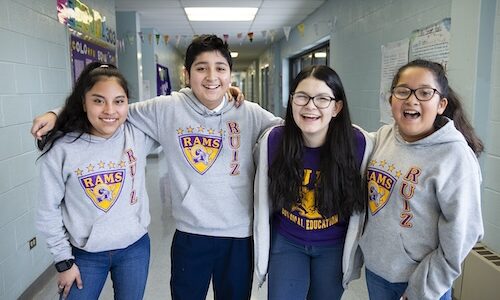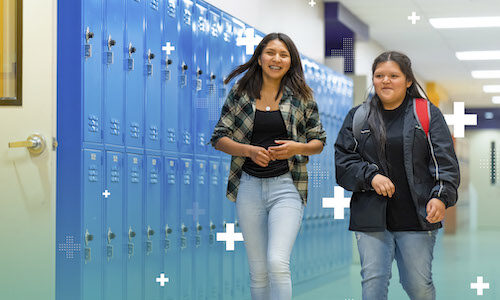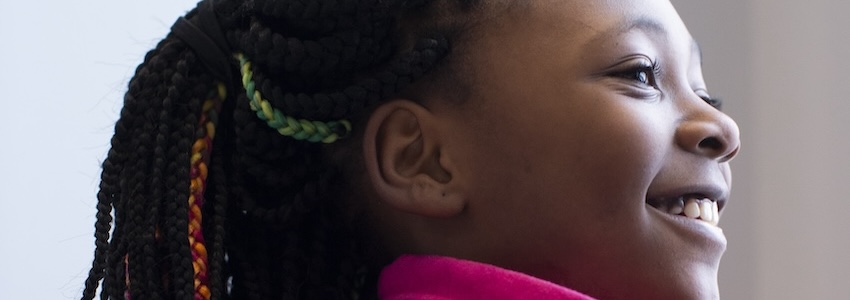
The road to COVID academic recovery is far from over. That’s the sobering conclusion of a new research brief on student learning following COVID-19 school closures, from NWEA researchers including Megan Kuhfeld and myself, Karyn Lewis.
The research analyzed scores from approximately 7.7 million US students in grades 3–8 who took MAP® Growth™ during the 2023–24 school year. We found that students were learning and growing, but at rates that fell short of pre-pandemic levels. Based on the latest data, the average student requires the equivalent of 4.8 months of additional schooling to catch up to pre-COVID levels in reading and 4.4 months in math.
These findings come at a particularly important moment. Over the course of 2020 and 2021, Congress invested $190 billion to help schools return to normal operations and to address student learning loss. Recent research suggests that money helped, but with the last of the money expiring this fall, our findings show that student growth rates continue to lag and that kids remain far behind their peers from just a few years ago. It will take significantly more money, focus, and interventions to get students fully back on track.
New data: How did COVID affect student learning?
In the spring of 2022, we were happy to report that student growth had returned to, or even exceeded, pre-pandemic rates. While the road to full recovery looked long, there were at least initial signs of a rebound as schools returned to their normal operating conditions.
But momentum stalled in 2023 as students struggled to sustain that higher rate of growth. This year’s results are just as alarming. Our research found that achievement gains in 2023–24 lagged pre-pandemic trends in all but the youngest cohort of students, falling short of pre-pandemic averages by 1–21% in reading and by 2–14% in math.
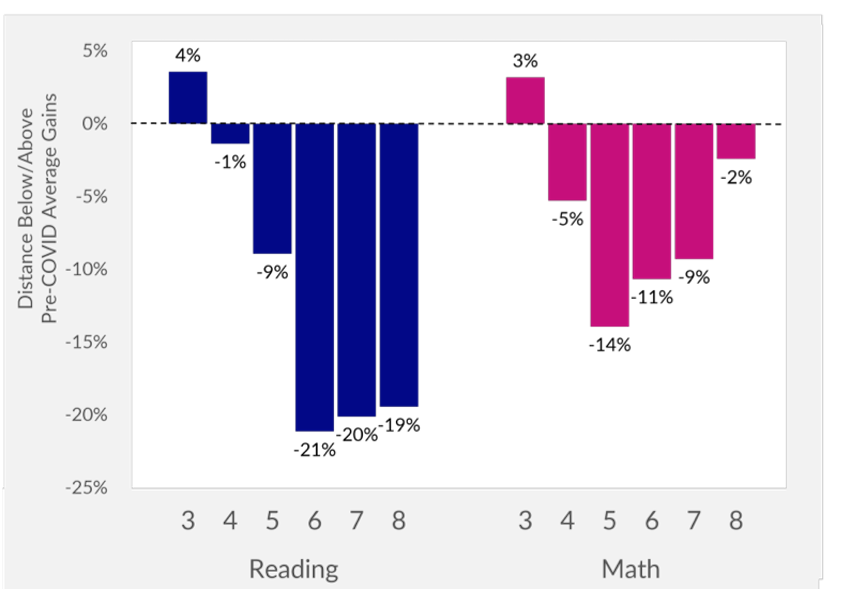
As noted by the Washington Post in their coverage of our release, the NWEA results are broadly in line with what other interim test scores are showing. There are slight variations across multiple measures based on grade level and magnitude of the need, but the broad story is consistent that students, particularly the most marginalized students, need much more support.
These findings present a less optimistic picture of COVID academic recovery compared to reports using state assessment data. Interim assessments and state summative tests serve different purposes and measure achievement with varying levels of specificity. Interim assessments, like MAP Growth, are designed to provide more detailed, frequent insights into student progress throughout the year, allowing for a continuous measurement of growth and achievement. This can highlight more nuanced trends and immediate impacts. In contrast, state summative tests occur once a year and categorize achievement into broader levels, like below basic, basic, and proficient. This lack of nuance may mask important changes in achievement for students who are further from benchmarks. The differing methodologies and purposes of these assessments likely play a significant role in the observed discrepancies in recovery data.
Another key difference is how our team tracks recovery. State summative tests typically examine COVID impacts cross-sectionally. For example, how does the achievement of third-graders in 2024 compare to the achievement of third-graders in 2023? In contrast, since MAP Growth is administered multiple times throughout the year, we can use longitudinal models to understand how cohorts of students are progressing toward recovery. For example, how much progress did this year’s third-graders make from the year before? This approach captures more incremental changes and trends that state assessments might miss.
COVID achievement gaps remain, especially for marginalized groups
At the end of the 2023–24 school year, across all grade levels, our research estimates that the average student will require the equivalent of 4.8 months of additional schooling to catch up to pre-COVID levels in reading and 4.4 months in math.
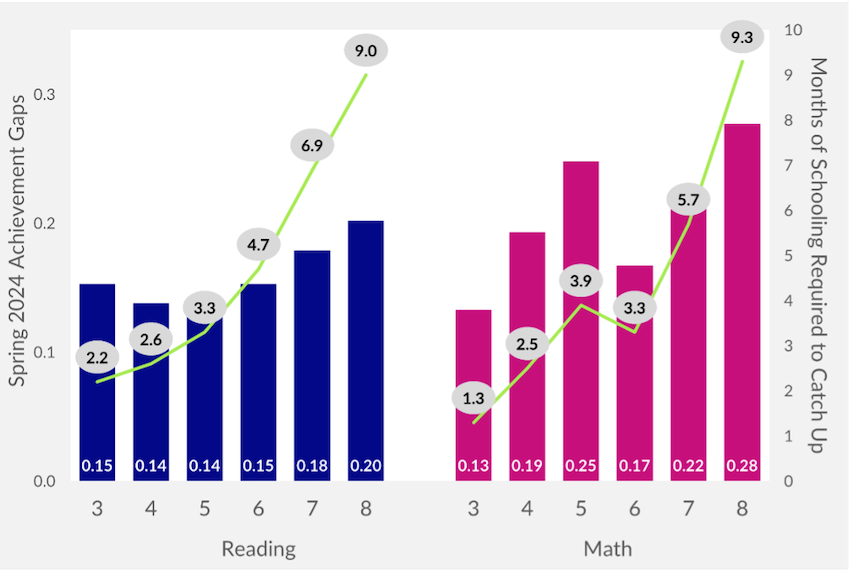
The averages hide differences across grade levels and student groups. For instance, middle school students have lost more ground on MAP Growth than younger students have, and low-income, Black, and Hispanic students remain the furthest from making a full COVID academic recovery.
Paying off the COVID generation’s “educational debt”
Society owes the COVID generation of students a great educational debt, and it is a debt they are now carrying with compounding interest. Achievement disparities that predate the pandemic have been starkly exacerbated over the last four years, and the latest NWEA data shows that marginalized students need much more support to get back on track.
The effects of COVID continue to reverberate, even for the youngest students entering the education system years after the initial onset of the pandemic. Instead of treating COVID recovery interventions as temporary crisis-mitigation tactics, policymakers should be thinking about how to make targeted academic supports, such as high-dosage tutoring and summer programming, a permanent part of our new normal.
COVID academic recovery efforts will get much harder going forward as the federal relief dollars expire, but providing students with evidence-based intervention strategies is the only way to make meaningful progress.
To learn more, watch our webinar Special briefing: Recovery still elusive on demand.


